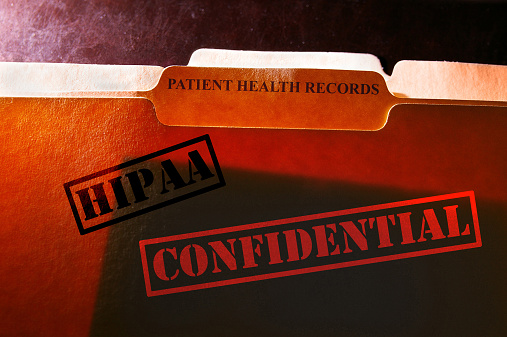HIPAA– is a Health Insurance Portability and Accountability Act-1996, a federal law that was passed in 1996. HIPAA was created to improve the portability and accountability of health insurance coverage for employees between jobs. The main objectives of HIPAA are-
- Providing health insurance portability by eliminating job-lock due to pre-existing medical condition
- Minimise healthcare fraud and abuse
- Enforce standards for health information
- Adhere to the security and privacy of health information
- Combat waste, fraud and abuse in health insurance and healthcare delivery
Once HIPAA took shape into law, the US Department of Health Services created the first HIPAA Privacy and Security Rules.
(Link here- https://www.needleaponeurotomy.com/content/uploads/2019/02/HIPAA.pdf) the rules provided the detailed notice regarding privacy practices, specifically, about how medical information about the patients may be used and disclosed and how they can obtain the access of this information.
In 2003 HIPAA went through with some new requirement compliance by 14th April, 2003 and that brought several rules to comply with and for the first time created national standards to protect individual’s medical records and other personal health information. The following were the major changes –
- It gives patient more control over their health information
- It sets boundaries on the use and release of health records
- It establishes appropriate safeguards that health care providers and others must achieve to protect the privacy of health information
- It holds visitors accountable with civil as well as criminal penalties that can be imposed if they violate patient’s privacy rights
- And it strikes a balance when public responsibility supports disclosure of some forms of data- for eg. to protect public health
Picture Credit- https://www.empr.com

